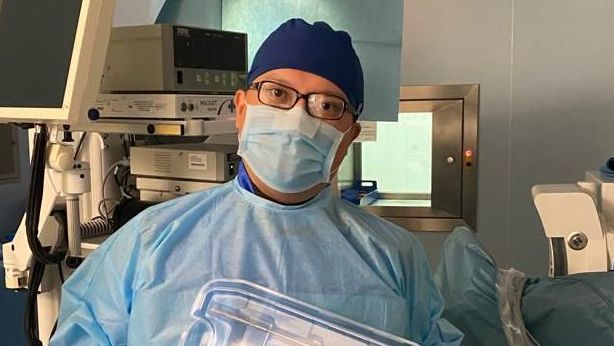
Urethral stricture is a narrowing of the male urethra that occurs due to various pathological conditions. The disease results in disturbed urination, urinary tract infection, high risk of prostatitis as well as abscesses and fistulas.
The treatment is surgical. The choice of surgical method depends on the length of the stricture and the section of the urethra in which it is located.
There are mainly three types of surgeries to combat the disease:
- Augmentation plasty of the urethra - excised tissues are replaced by a graft, which uses a fragment of the oral mucosa (buccal plasty). Such techniques have many modifications, the variant is chosen depending on the degree of damage to the urethra and the causes of pathological changes.
- Replacement of the affected area with a skin flap, i.e. not a hairy part of the skin of the penis, most often this is the skin of the foreskin.
- The use of specialized urethral stents for a certain area of the urethra zone.
The first and second reconstructive surgeries have been successfully performed at Medical Center Hospital of the President’s Affairs Administration of the Republic of Kazakhstan for more than 2-3 years.
The third method of treatment is a new trend that is used in limited clinics worldwide. Urethral stents for urethral strictures (narrowing) are specifically designed to treat recurrent strictures along the problematic urethral area. A new generation of large-caliber, fully closed and self-expanding stents conform to the contours of the urethral lumen. The body of the stent acts as a shape to form a large urethral lumen, and the dynamic sphincter segment prevents sphincter dysfunction that can cause urinary incontinence. They are designed for long-term use and for easy and safe removal even after this long stay.
Studies have shown that this surgery can prevent re-stenosis of the urethra by up to 70%.
The features are:
- Anatomic shape, high flexibility.
- Self-expanding stents with soft ends prevent tissue irritation (less epithelial hypertrophy).
- Such stents are comfortable and painless for the patient.
- Complete comparison.
- Easily retrievable.
- The “patch” effect allows the tissues to heal, is used for self-repair for fistulas, bridgework and perforation management.
Thanks to the qualification of urologists at the Hospital, this operation will be performed on a regular basis.




